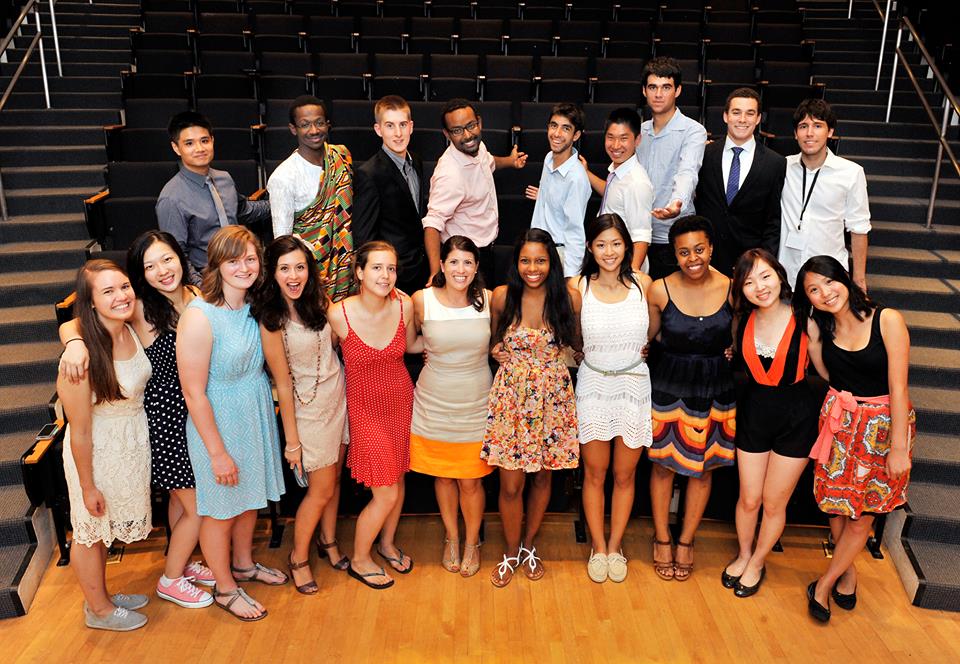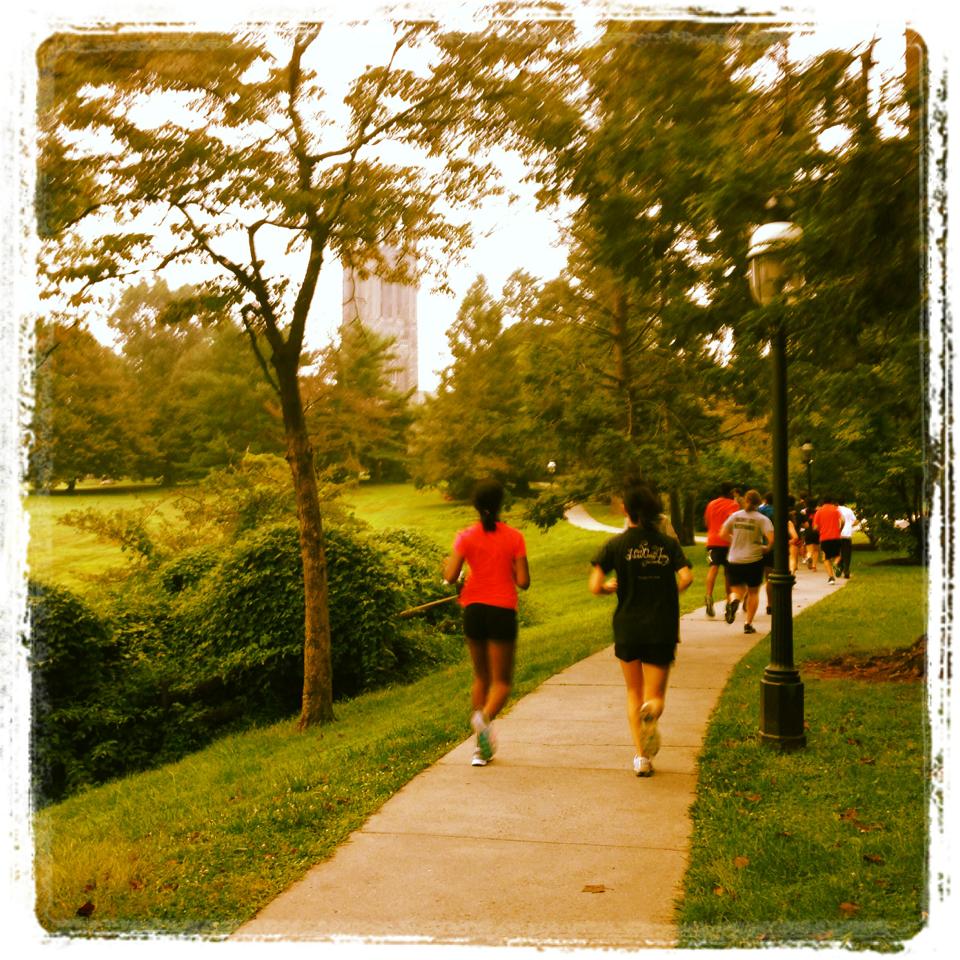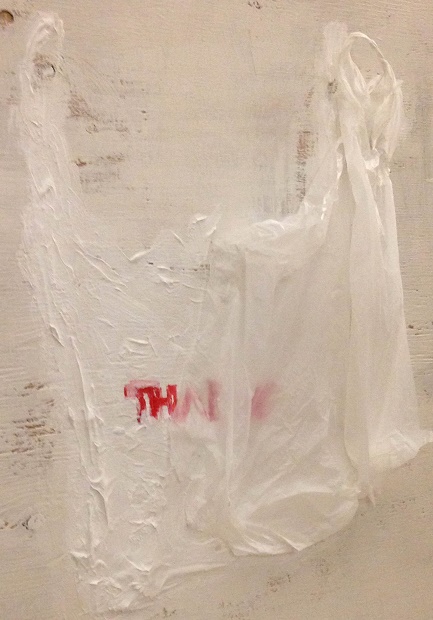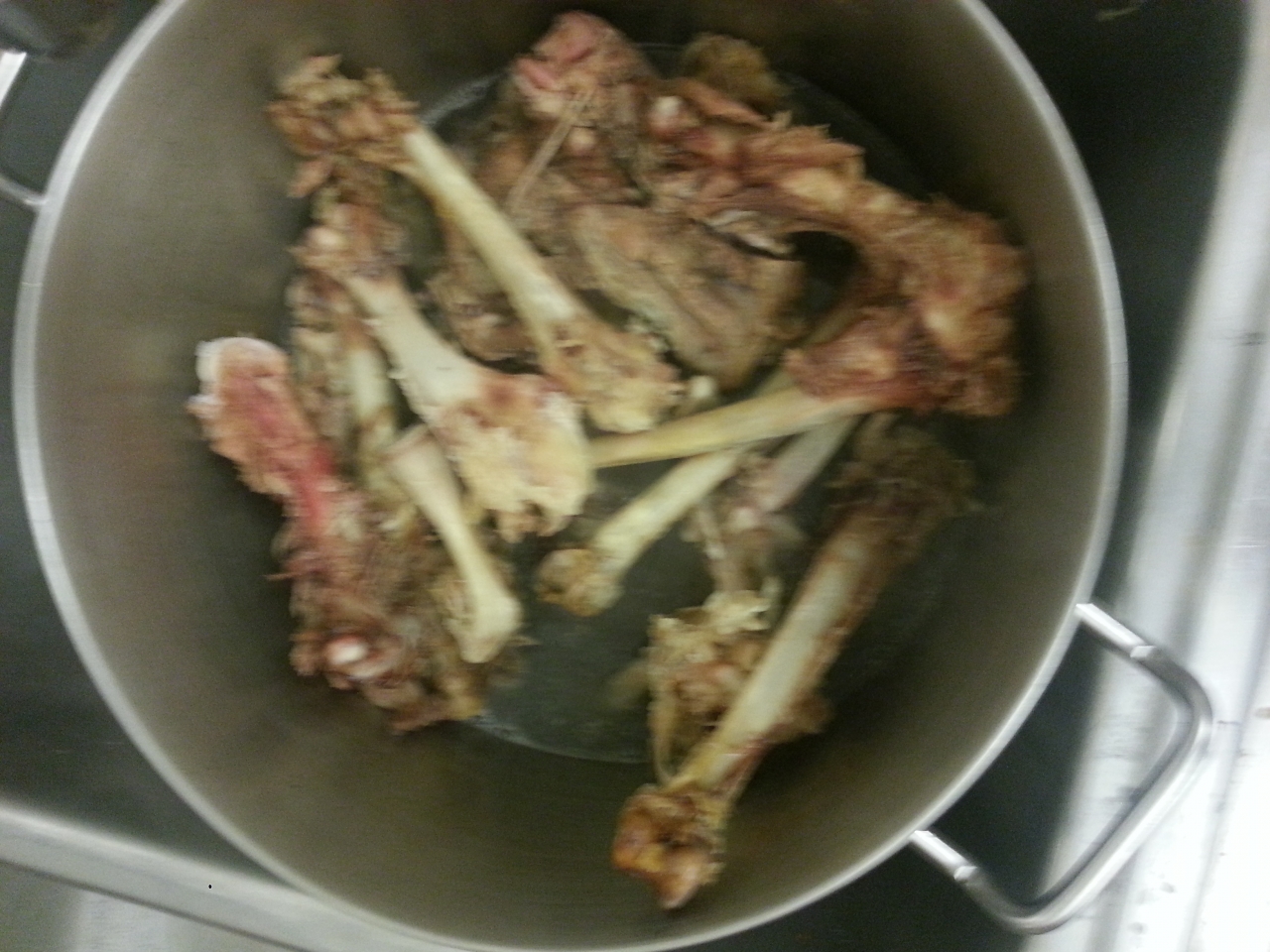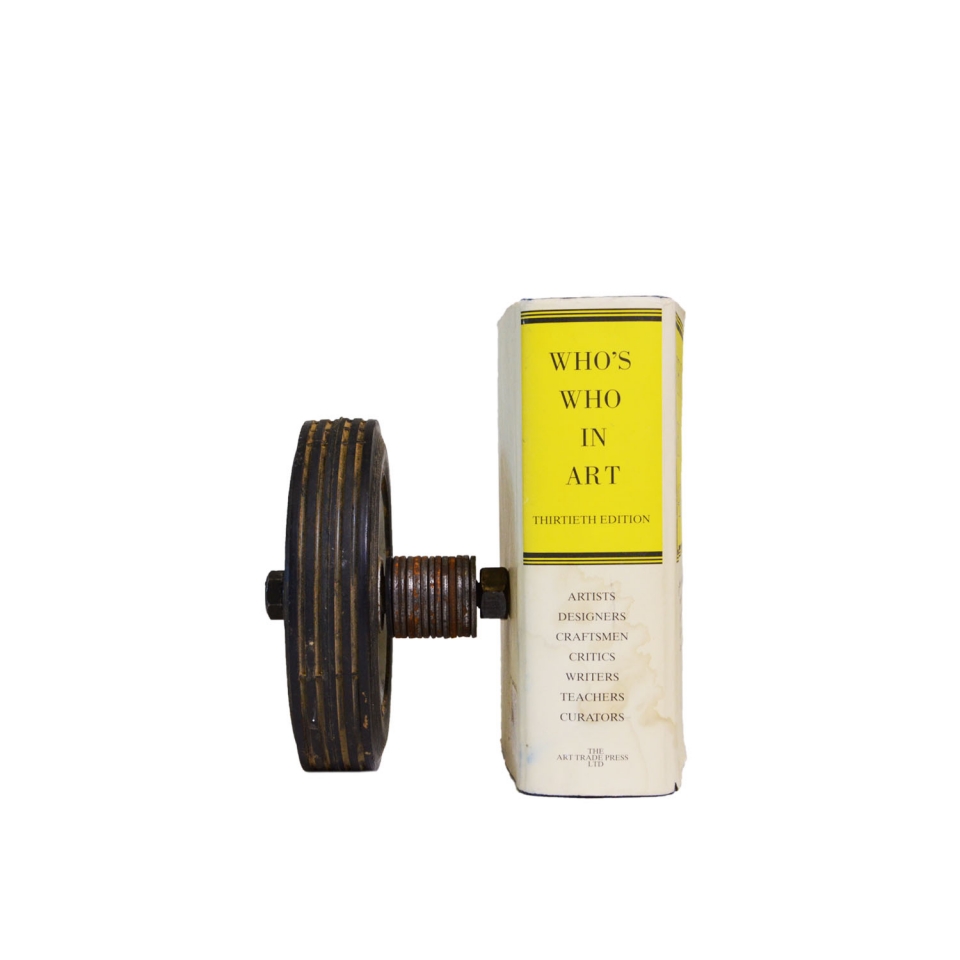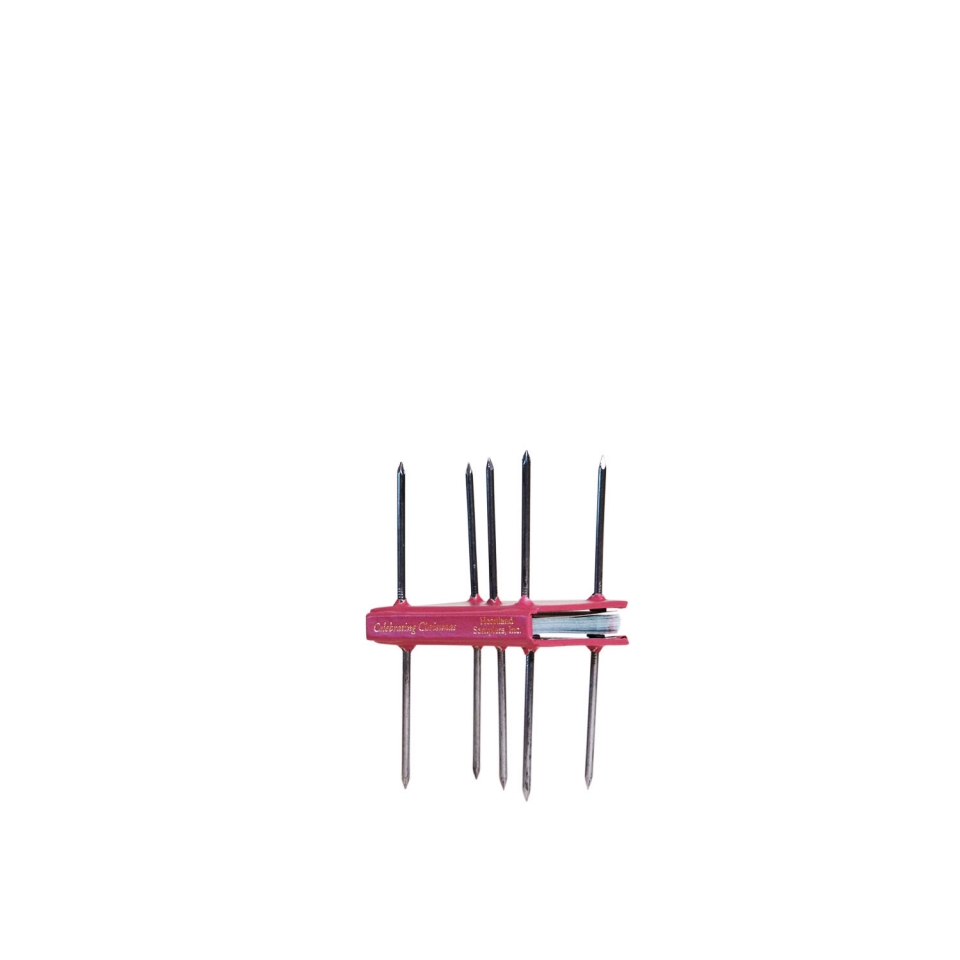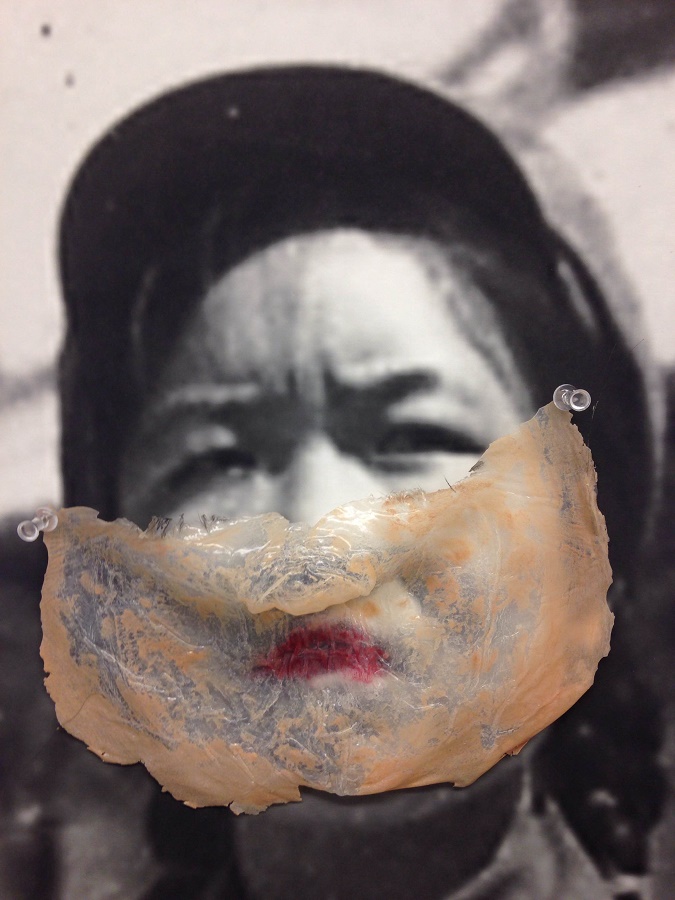I awoke to see the reading room much as I remember it before I rested my head on my crossed arms—that is empty and well lit. My skin burned lightly under my left eye, which had adopted the weave of my sweater but was now trying to regain its normal texture. My watch read 12:30 p.m., half an hour since I last looked at it. The response I was writing to the artwork of a friend lay there in a half done draft of blue letters but more blue deletions. I was not ready to pick up my pen again to fill the page. I considered reading, as the library room I was in is a literary flea market of new bestsellers, too many newspapers and an extensive collection on how to preserve then hunt wildlife. But reading would have been a distraction. I packed my things, walked out of the room and left Firestone library.
Outside I found the plaza empty like the room but the tower of the library blocked the sunlight so one stood in shadows. On the other side of the plaza is the University Chapel. The mild breeze that blew in between both Gothic masses perhaps took a moment as it coursed to notice the openness of space as I did. Without much of an aim, I went into town, which from Firestone only means walking several dozen feet to cross Nassau Street.
Once across the street, I saw a little girl running, box in hand, attempting to beat the street walk timer already flashing its prohibitive hand. She made it. A motorcyclist wearing all green and black on a green and black bike cleared his visor under a red light. Further along a young dog was tracking a scent intently as if after prize or prey. I hope he found one or the other. I came upon the local bookstore and gravitated to its outdoor stalls as I do every time I am near fulfilling a law of personal physics. A title read, "Higher Gossip: Essay and Criticism" by John Updike. I picked it up and leafed through its full pages, the production of a life knowing of art, literature and that wonder so often considered un-wonderful that we call everyday life. I placed the book back atop two or three more copies like it. Even reading these words would be a distraction right now. For some reason I smiled as I glanced back at the book before continuing my walk.
I crossed back onto campus. The ground was covered in snow delineated and bisected by diagonal, straight and curving paths of stone and gravel cleared with salt and shovel. The snow was in turn illuminated and dimmed as the clouds blocked then revealed the sun light from above. No people walked nearby and the bustle of town was muted as if I had closed a door to it. Very soon I noticed a certain emptiness again, that same openness of space. The emptiness did not say, “You are alone,” nor did I feel such. Rather it asked to be filled, and I wanted to fill the emptiness but not with the thought and experience of others, no matter how well articulated and arresting they may be, but with the thought and experience of myself no matter how poorly articulated and quotidian they may be. So I listened, went to my desk and wrote this.







